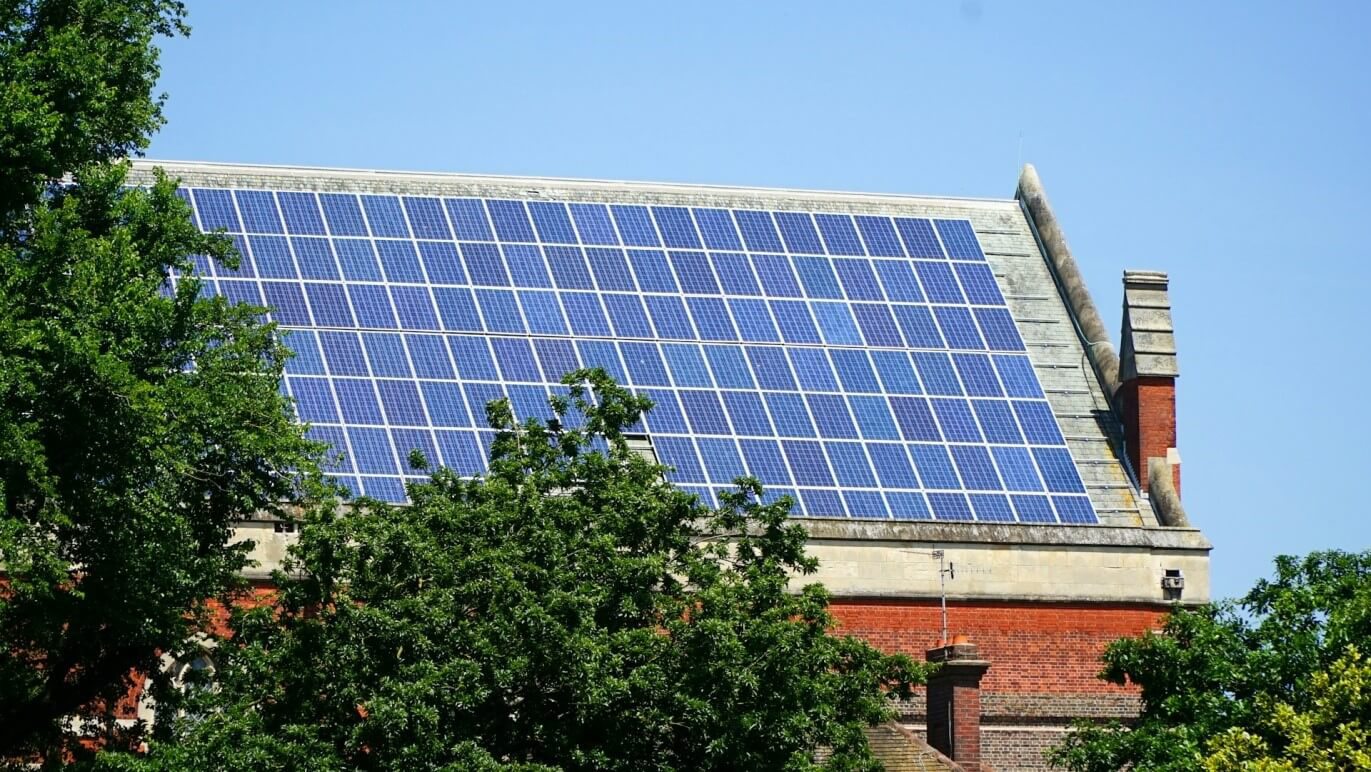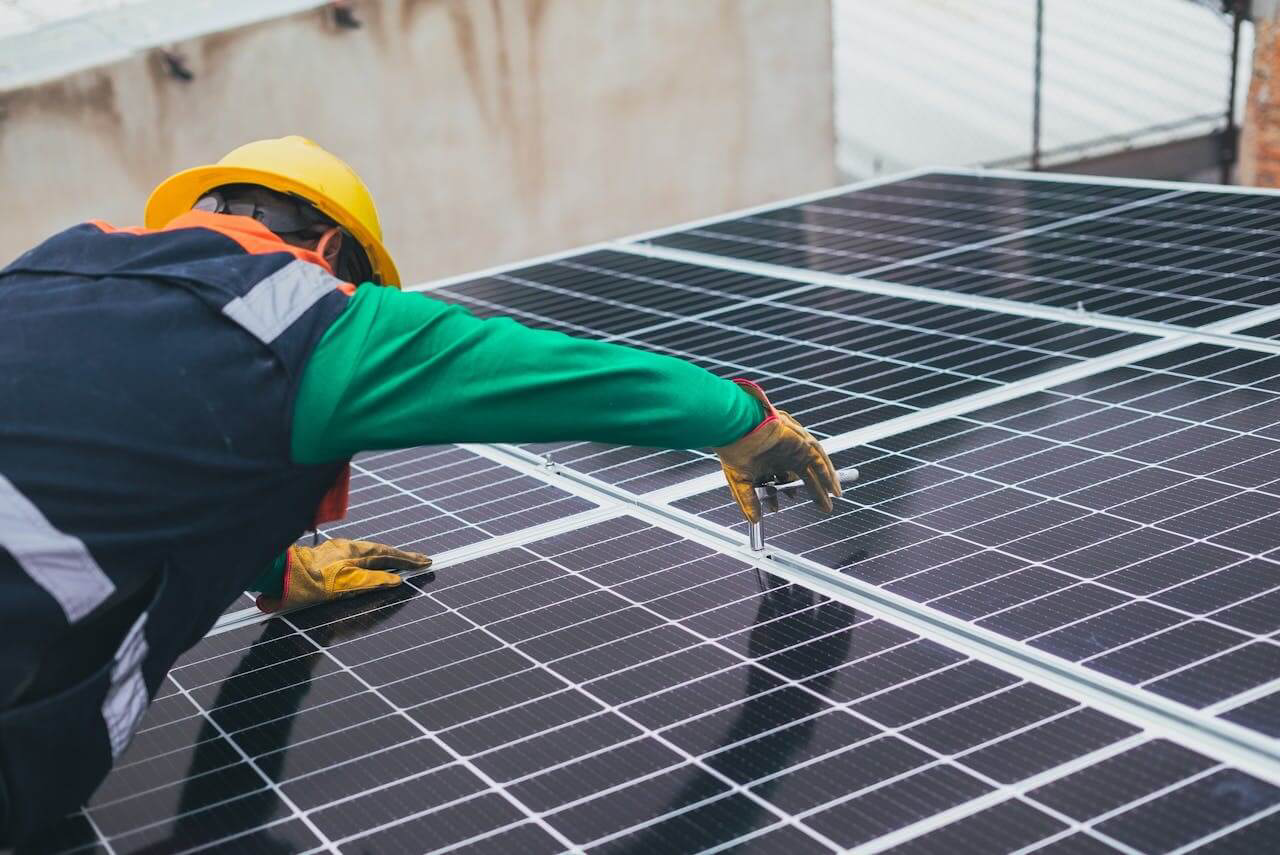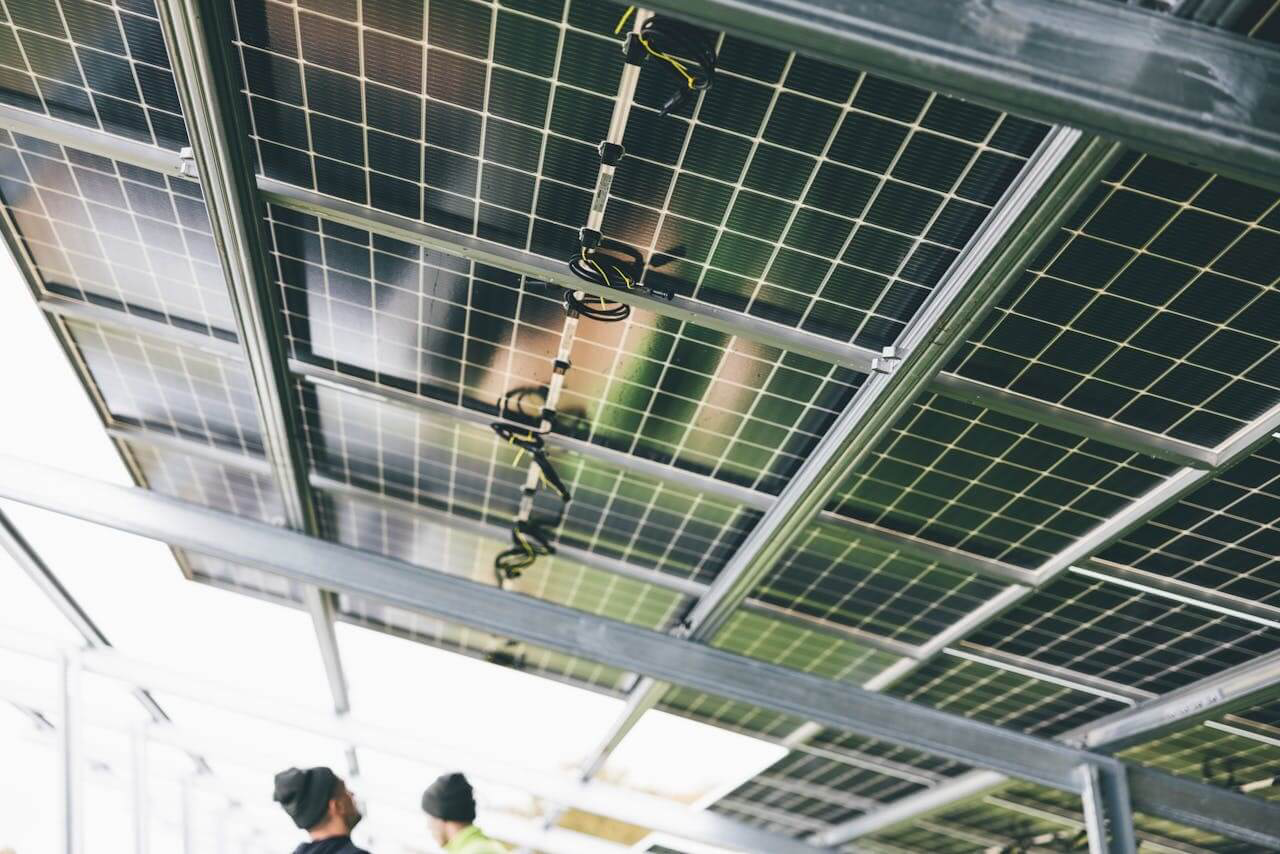On-Grid Solar System in Pakistan
The rage around on grid solar systems is not hyped, but important for everyone to consider. There’s an unstoppable increase in energy demand and prices, and a global energy crisis is spreading due to a shortage of conventional energy sources to consider. The decision to buy solar panels in Pakistan also concerns power outages—and it is no surprise that the attention towards solar energy is rising rapidly.
That said, it’s also important that people know as much as possible about solar energy and the ways to harness it. When it comes to the installation and functionality of solar panels, there are three types of systems to consider.
- Off-Grid Solar System
- Hybrid Solar Grid System
- On-Grid Solar System
We’ll delve into the third option in detail in this guide. At the foundational level, an on grid solar system is connected to your local utility grid.
Understanding the Basics of an On Grid Solar System
Also known as grid-tie, grid-interactive, or grid-connected solar system, the on-grid solar system in Pakistan is quite popular in residential properties. Since the system involves a connection to the main electric supply, varying solar energy production is backed up. Whether your solar panels convert too little or too much solar energy into electric power, the on-grid setup will provide cover.
Needless to say, an on-grid solar system is a more convenient and even affordable solution than an off-grid and hybrid solar system. The chief reason is that it seamlessly integrates with your property’s existing grid infrastructure.
Key Elements of an On Grid Solar System
To know how an on-grid system works, you need to first understand the main elements that make up this system. These solar power systems can be as small as to fit on residential rooftop systems or as large as installed over a factory.

The components of any on-grid solar power system include:
1. Solar Panels
The core component of your grid-tie solar system is the solar panels. These take in the sunlight which is then turned into direct current (DC) electricity using the photovoltaic effect. A single solar panel features myriad individual silicon-based solar cells, which capture sunlight and produce an electric current. The more solar panels you install, the more electricity the system will generate.
2. Mounting Structure
Solar panels are usually set up on rooftops or in wide spaces and need a robust support structure. That’s where a mounting system comes in, which is customized for solar panels. For instance, you will need a stronger mounting structure for a 5KW solar system with net metering in Pakistan than a 3KW one. The mounting structure should also enhance the angle of the solar panels for optimal sunlight exposure.
3. Inverters
Once solar panels produce direct current (DC), the next role is that of inverters—which turn it into alternating current (AC) electricity. Everything in your home and workplace runs through AC, from basic appliances to heavy-duty machines. Inverters that align with grid standards are also responsible for returning any surplus energy to the power company.
4. Metering System
The metering system tracks the amount of electricity the solar system generates. It also measures the energy your property uses and the excess power that goes to the local grid. Monitoring energy division via a bi-directional meter is vital to ensure accuracy.
5. Safety Components
Your grid-connected solar power system is not complete till you have protective devices in place. These include:
- Surge Protectors
- Circuit Breakers
- Fuses (for overloads and short circuits).
These components not only protect your solar panels but also the grid. The safety devices work in harmony with key components to prevent possible damage resulting from electrical issues. As a result, you get seamless and dependable solar system operation.
Technology has come a long way, and many components of an on grid solar system are now more reliable than ever. However, due diligence is important when you purchase components. Go for high quality—in everything!
Functionality of Your On Grid Solar System
An on-grid solar system in Pakistan works alongside the power grid. The solar panels produce energy, the inverters turn that energy into a usable form, and the metering system sends it back to the grid. It’s simple to understand the process once you are familiar with key solar energy system components. Here’s how it works:
- The on grid solar panels on your roof (or any open area) harness energy during the day.
- These produce electricity, which is sent to an inverter, which transforms it into AC power.
- If the setup produces more energy than you need, the surplus power is sent back to the grid.
- When the system isn’t generating power, it will draw electricity from the local power grid.
- Throughout this process, there is no need for any batteries or a backup generator.
Whether you set up solar panels in your home or office or any commercial property, you use solar energy while still being linked to the utility grid.
Top Considerations Before Installing An On-Grip System
Prior to installing an in-grid solar panel system in your residential or commercial property, you need to assess certain factors to ensure a secure and cost-effective investment. The rule of thumb when it comes to installing an on-grid system in Pakistan is: If you use up to 300 units each month, consider the 3KW solar system price in Pakistan. For up to 600 units, a 5kW solar system is required, and so forth.

Here are the key aspects of a grid-connected solar system to acknowledge:
House & Roof Sizing: Take the size of your roof and take note of any shading. This helps you get the ideal number of panels. Additionally, you can make sure those panels get the most sunlight each day, all year long.
Location & Sunlight Exposure: Know the peak sun hours in your area—which is between 4.5 to 6.5 hours in Pakistan. An on grid panel performs optimally during these hours due to maximum exposure.
Average Energy Consumption: What is your average monthly electricity use? By knowing how much energy you consume, you’ll know how many panels you need to achieve ideal energy output…at the average peak sun hours you get!
Learn about setting up solar systems here: How Long Does It Take to Install Solar Panels in Pakistan.
Advantages of an On-Grid Solar System
On-grid solar systems offer numerous benefits to homeowners and business owners in Pakistan. In the lines below, we will discuss a few.
1. Lower Electricity Expenses
An on-grid solar system in Pakistan reduces your reliance on grid electricity, which leads to decreased energy bills. Moreover, don’t forget that solar power is free and renewable. Over time, these savings benefits add up and provide a superb return on investment for the solar installation you did.
2. Durable & Low Maintenance
Modern on-grid systems are robust with great longevity. With the right care, solar panels can endure for 25 to 30 years or even longer. Regular maintenance of an on-grid system usually just involves cleaning the panels and checking that all connections are secure.

3. Earn From Surplus Energy
Possibly the most worthwhile factor in installing an on grid solar system in your residential or commercial property is that you can send any excess, unused energy back to the grid. This ‘reverses’ your electric meter, and the extra energy earns credits on your account. In Pakistan, these credits can be settled every three months—and you can either receive payment for them or roll them over to future months.
4. Less Upfront Investment, Quick Return
On-grid systems usually have a significantly lower initial cost compared to hybrid and off grid solar system in Pakistan. With the addition of the savings you get on your electricity bills and the benefits of net metering, there’s a quicker payback period for on-grid systems.
5. Better Energy Security
In Pakistan, the unpredictably fluctuating (high) energy costs and power outages can be confining. You will find different on-grid solar system packages in Pakistan, and you can pick one according to your budget and needs. Installing it allows you to enhance your energy independence, as the system provides you with better energy security by generating power right at your location!
Comparing Prices of On-Grid Solar Systems
The final and significant consideration before you take the next step and invest in an on-grid solar system in Pakistan is the pricing.
The most common sizes in on-grid systems are 3kW, 5kW, 6kW, and 10kW—each with a pricing range that depends on the seller, brand, warranty, and quality. Whether you consider a 3KW or 10KW solar system price in Pakistan optimal, it is important that you are getting the most out of your investment. Here’s a brief breakdown of each size with the price range you’ll come across in Pakistan:
- 3kW on-grid solar system: PKR 500,000 to PKR 700,000.
- 5kW on-grid solar system: PKR 900,000 to PKR 1,150,000.
- 6kW on-grid solar system: PKR 12,00,000 to PKR 1,350,000.
- 10kW on-grid solar system: PKR 1,600,000 to PKR 1,750,000.
Choosing an on grid system is initially about energy consumption—but budget also plays a huge role. Factor in your current energy use—average and the highest in a month—and review all the brands and qualities before you make a decision. It helps to talk to an expert before you purchase solar panels.
Final Thoughts: Relying on a Reliable Solar System Provider
It’s time you go for cost-effective and sustainable energy usage with an on grid solar system if you have the installation space and budget for it!
At Premium Solar, we provide solar panels and supporting devices and structures, as well as offer consultation and guidance for installing on-grid, off-grid, and hybrid solar systems in Pakistan. Reach out to us today to get started!
